
Mars Hour at 10.00 GMT
For one starry hour on Mars Day 25, thousands of schools nationwide joined in with Tim Peake and ran activities on Mars.
Every Mars Day, Mars Hour runs from 10:00 – 11:01 and 36.968 seconds (GMT) – a real Mars hour.
On Mars Day 26 - Tuesday 3rd March 2026 - we will once again invite schools to host space-themed activities in classrooms at 10.00. Run a full Mars Hour of activities or join for part of the hour. Download fun Martian projects from the free resources below, choose your own, and pick the students’ favourites.
European Space Agency astronaut, Tim Peake, will also beam into Mars Hour. Tim will chat with our presenters on upcoming missions, plus his own space adventure to the ISS. Mars Hour
Students will be able to join in a live Q&A with Tim in the hour, have your questions ready!
While you are running your activities, keep the Mars Hour live streaming link open and see what other teams are exploring in their Mars Hour. Share socials and our presenters may give a shout-out to your school too!
Check out the array of free space-themed activities and resources available to download from ESA, ESERO-UK and Explorify below.
Mars Hour resources

What exactly is a robot? How can we use robots in space? Get your pupils thinking with our range of robot related activities.
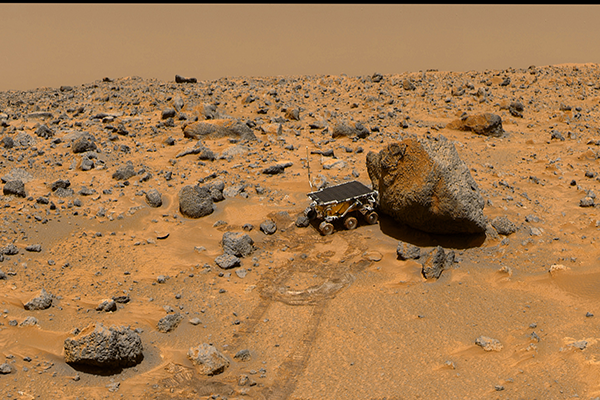
Help the Rosalind Franklin Rover navigate the Martian terrain with this twist on computer programming.
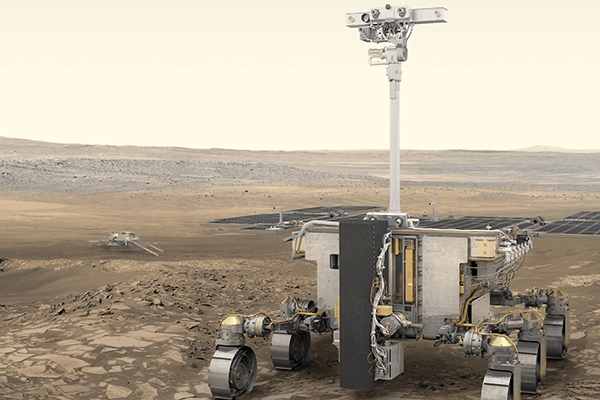
Introduce students to the Rosalind Franklin (previously ExoMars) rover as they embark on a six-part journey.

How does a rover keep it’s batteries charged away from home? What extra challenges might a rover face on Mars?

Design a Martian explorer as specialised robotics engineers on behalf of the European Space Agency.

Could life found in extreme environments on Earth survive elsewhere in the Solar System?

Give your students the opportunity to build their very own robotic arm and gain an understanding of why robotic arms could be useful on Mars!
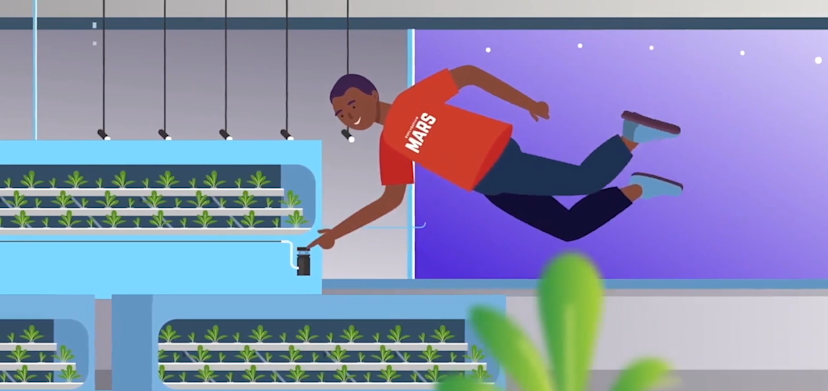
Develop numeracy and literacy skills whilst learning all about the challenges of getting to Mars and what it would be like to live there!

This creative research project allows children working at primary level to discover our closest neighbours in space.

This hands-on experiment encourages students to investigate what happens to the fuels inside a rocket when they are lit.
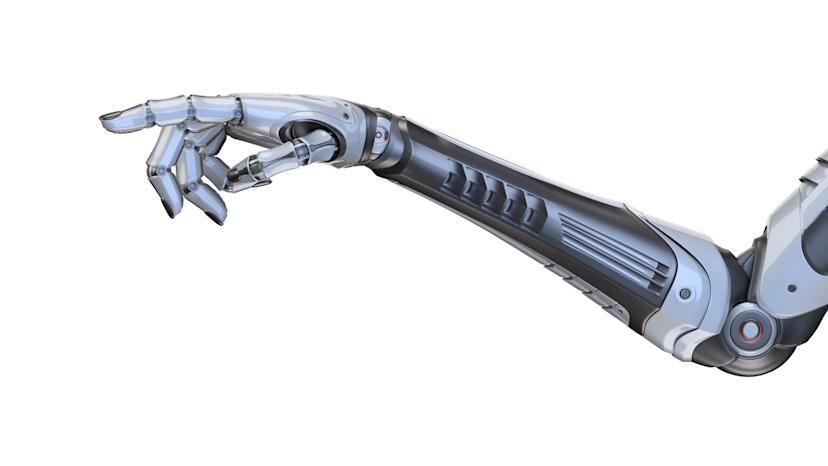
Build a bionic hand and learn why an astronaut in space might need one!
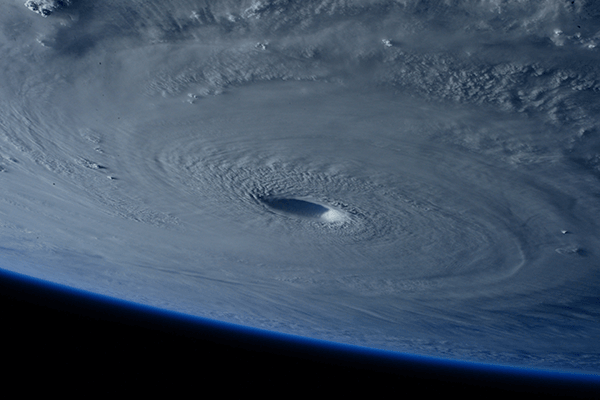
Research and explore weather patterns on Mars and compare them to what we observe on Earth.
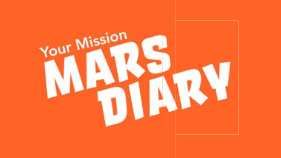
Discover the challenges and opportunities that exploring the Solar System will bring, while learning about Mars!
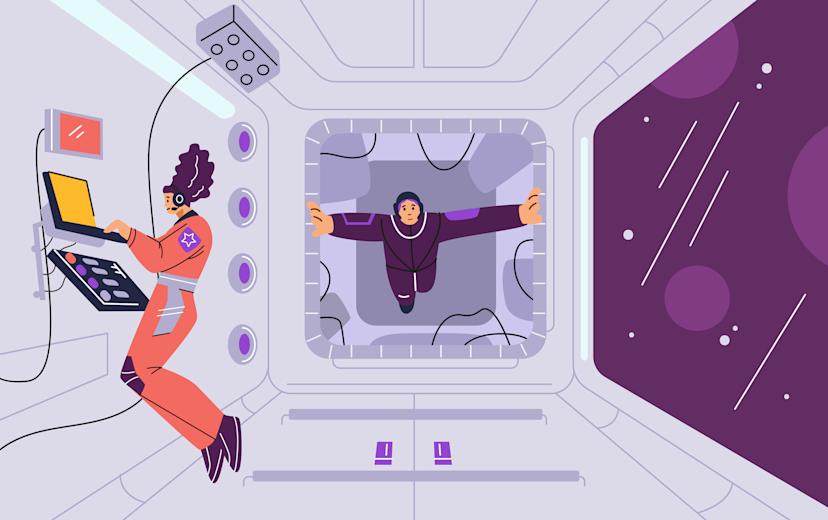
What will an astronaut need on the long journey to Mars? This activity gets pupils thinking about the challenges an astronaut will face and gets them to design where the astronaut lives in a rocket.

Become a Martian engineer! Design and build a simple pulley that could be used to transfer samples of Martian soil.

Use everyday materials to build a Martian shelter and learn about what a Martian settlement could look like.
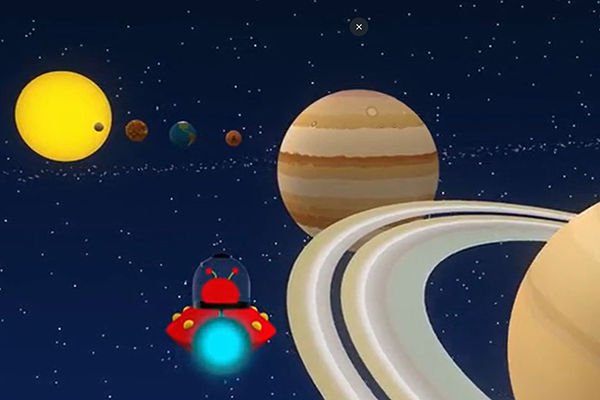
Join Paxi as he investigates the possibility of life on Mars. Looking at the characteristics of living things and what it takes to survive.

In this short animation Paxi, the ESA mascot, explores the Red Planet telling us about past missions and what they have uncovered.
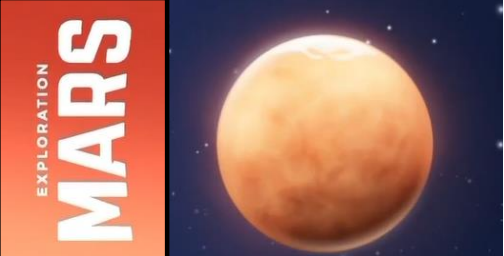
Design your own Mars rover or debate whether humans or robots are best placed to explore the Martian environment!

Use real data to determine whether humans or robots are best placed to explore Mars!
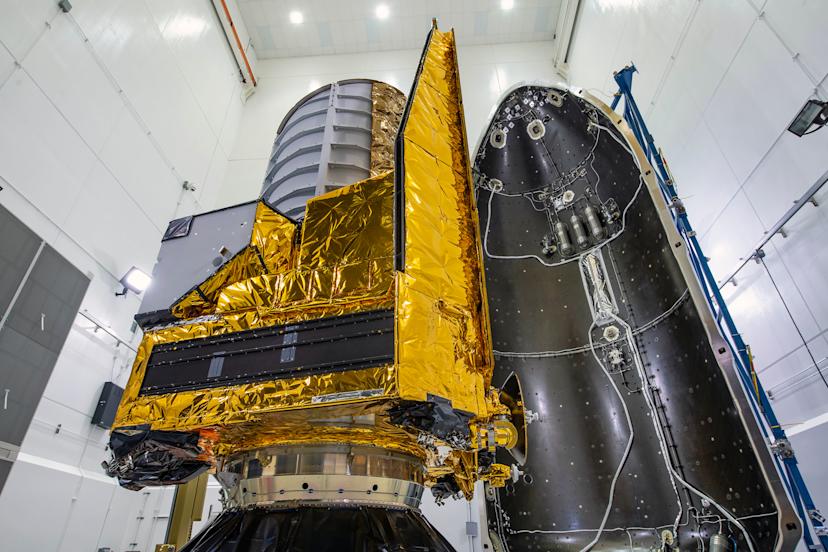
Introduce pupils to the work of space scientists seeking to discover more about our universe. Make a constellation viewer in under an hour and more!

Join Paxi as he looks at the orbit of the Moon and demonstrates how solar and lunar eclipses occur.
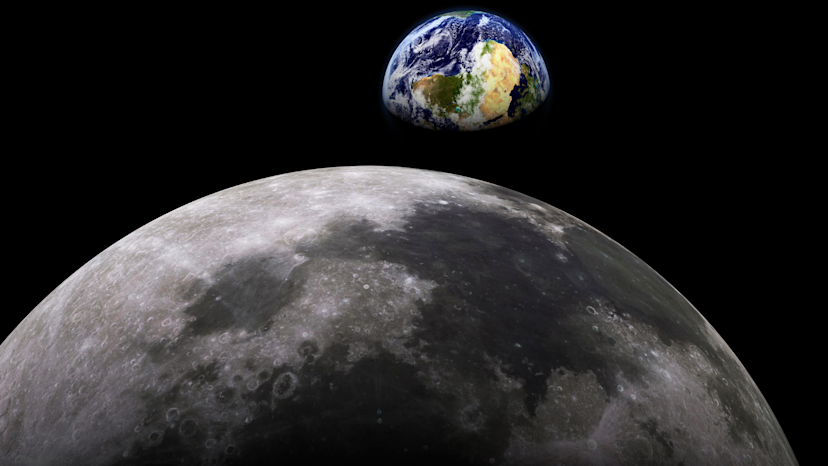
Pupils investigate the importance of having shelter for protection on Earth and in space.
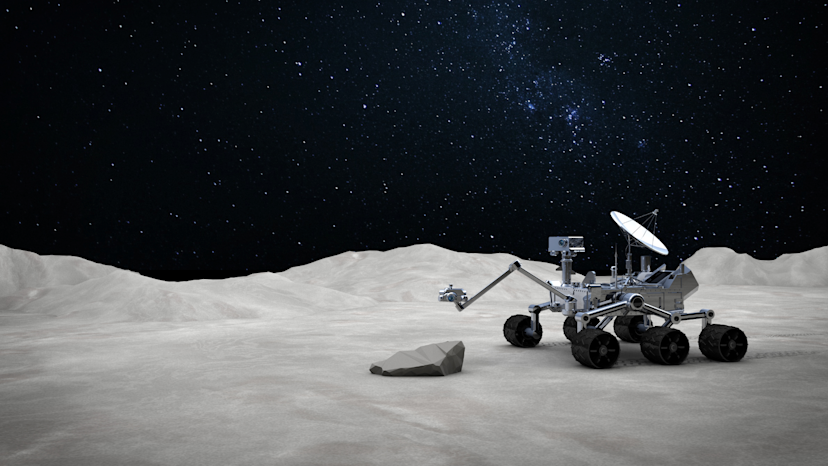
Build a small Moon rover powered by solar energy, using a small motor and a solar cell.

Pupils will debate some organisational and social characteristics of a future settlement on the Moon and relate it to their local community.
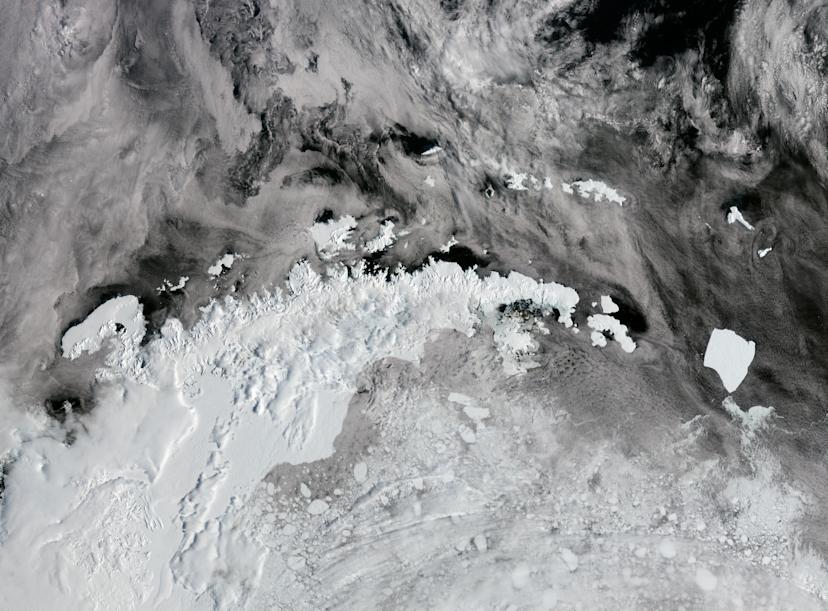
This three part activity teaches pupils how to filter solids and liquids and water conservation on the Earth and moon.
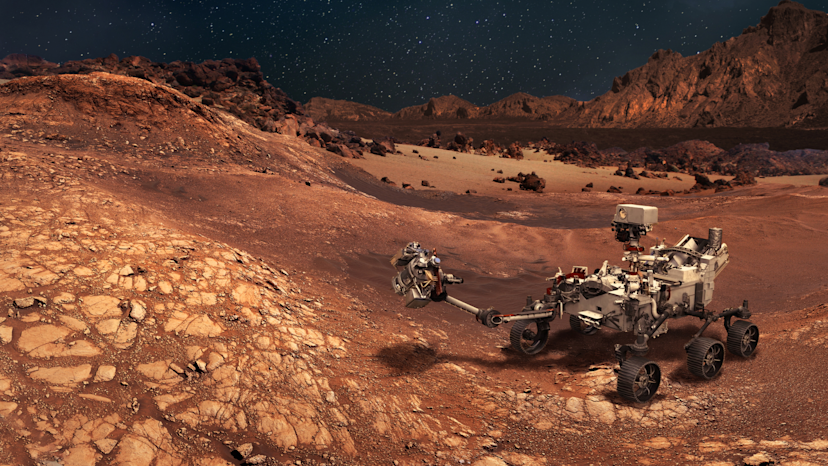
Pupils play the roles of 'mission controller' and 'rover' to successfully navigate blindly across the lunar surface.
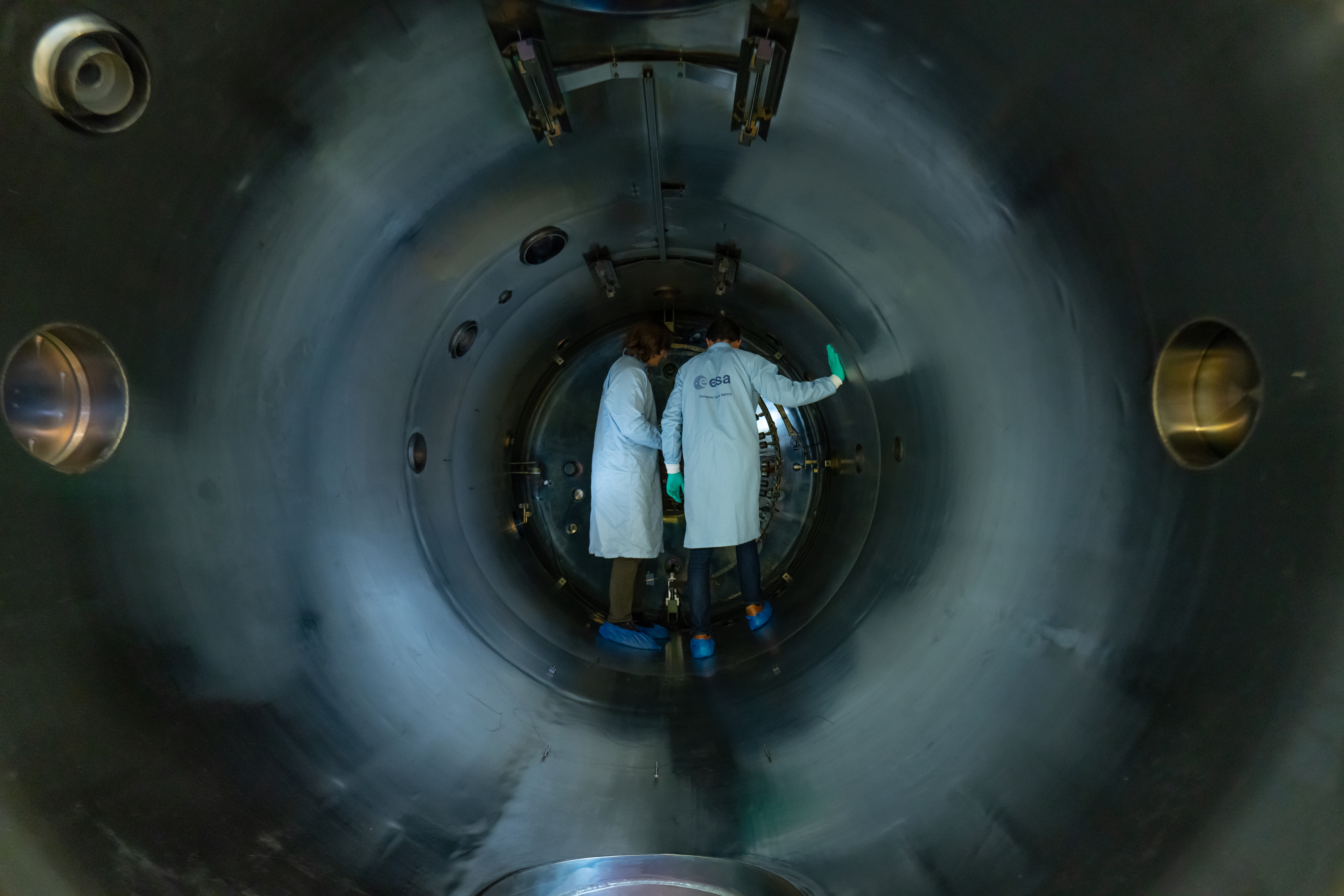
From 3D printing on the moon to future moon exploration, this collection of videos sees leading ESA space research scientists discuss a variety of different lunar topics.

Students plan, design and build a landing module to secure the survival of the crew.

Students learn how to produce oxygen and hydrogen on the Moon as they explore electrochemistry, electrolysis and fuel cells.
Go to Mars with Explorify
Free Primary Science Activities, 15-30 minutes each.
Explorify has over 50 free activities to celebrate all things Mars! Encourage your class to think about what life might be like for humans living on the red planet – what’s the habitat like and how would we have to adapt? Take a closer look at rovers to understand how they’ve been engineered and how they arrive on Mars.

